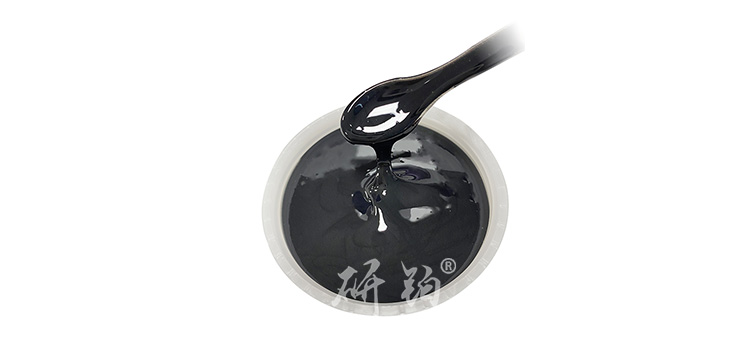

Hotline:0755-22277778
Tel:0755-22277778
Mobile:13826586185(Mr.Duan)
Fax:0755-22277776
E-mail:duanlian@xianjinyuan.cn
Sensors are one of the important application areas of modern technology, and electrodes, as an indispensable component of sensors, play a crucial role in the performance of sensors. This article will focus on introducing an advanced technologyPlatinum electrode slurryThis slurry has excellent coating or printing properties and is mainly used for the preparation of sensor electrodes. Through a detailed introduction to its performance indicators and recommended processes, it can be seen that this slurry has unique advantages in the field of sensor preparation.
Appearance: A uniformly colored black paste like substance
The appearance of the sensor platinum electrode slurry is a uniformly colored black paste, which enables it to achieve good coating or printing effects when preparing sensor electrodes. More importantly, the platinum particles in the slurry have appropriate fineness, ensuring the uniformity and stability of the electrode.
Fineness ≤ 15 μ m, viscosity of 60-80 Pa • s, solid content of 80 ± 1
Fineness, viscosity, and solid content are important indicators of slurry performance, which directly affect the formation and performance of platinum electrodes. The advanced pulp brand XJY-YB-8840 performs well in these indicators. Fineness less than or equal to 15 μ m ensures uniform distribution of platinum particles, thereby improving the conductivity of the electrode. Within the viscosity range of 60-80 Pa • s, the slurry is easy to process and can achieve good coating and printing effects. A solid content of 80 ± 1% ensures the stability of the electrode during the forming and sintering processes.
Printing process: perfect electrode after leveling
Printing technology is one of the key steps in the preparation process of sensor electrodes. It is recommended to use 300 mesh nylon or stainless steel wire mesh for printing, and lay flat for 3 minutes after printing for leveling. Due to advanced technologyPlatinum electrode slurryHaving good fluidity, this leveling process can make the electrode surface smoother, thereby improving the electrochemical and optical performance of the electrode.
Drying and sintering: ensuring the stability and adhesion of the electrode
Drying and sintering are essential steps in the preparation of platinum electrodes, playing a decisive role in the stability and adhesion of the electrodes. It is recommended to use an infrared lamp or a 150 ℃ oven for drying, and then sinter at a temperature of 850-1200 ℃ (peak insulation for 10 minutes, cycle for 45-60 minutes). Such process conditions can fully sinter platinum particles, improve the compactness and conductivity of the electrode. Meanwhile, the sintered platinum electrode has excellent adhesion and is not easily detached.
Square resistance: an important indicator of electrode performance
Square resistance is one of the important indicators for evaluating electrode performance. The electrode resistance of the platinum electrode slurry prepared for the sensor is 20 ± 5m Ω/□, which indicates that the electrode has low resistance characteristics and can improve the sensitivity and response speed of the sensor. This is very important for some sensors that are sensitive to changes in potential difference, such as biosensors and chemical sensors.
Conclusion:Advanced Institute of Technology Platinum Electrode SlurryIt has coating or printing properties and is mainly used for the preparation of sensor electrodes. The excellent performance of performance indicators such as fineness, viscosity, and solid content shows the unique advantages of this slurry in sensor preparation. In terms of printing technology, drying, and sintering, this slurry can ensure the stability and adhesion of electrodes. At the same time, the low square resistance value enables the electrode to have higher sensitivity and response speed. Based on these unique advantages, Advanced Institute Technology's platinum electrode slurry is actively promoting the development of the sensor field.

Advanced Institute (Shenzhen) Technology Co., Ltd, © two thousand and twenty-onewww.avanzado.cn. All rights reservedGuangdong ICP No. 2021051947-1 © two thousand and twenty-onewww.xianjinyuan.cn. All rights reservedGuangdong ICP No. 2021051947-2